Among the various Soulslike games FromSoftware has developed over the years, Sekiro: Shadows Die Twice stands out from the rest thanks to unique moments throughout its gameplay and combat that future FromSoftware games should return to. Unlike past Soulslike games such as the Dark Souls series or Bloodborne, Sekiro: Shadows Die Twice pushed the envelope with its combat through a more strategic combination of health and posture gauges. Understanding and applying the latter is crucial for Sekiro‘s players, as it paves the way for the game’s most memorable moments when defeating enemies via Deathblows.
Due to Sekiro‘s posture and Deathblow mechanics, boss fights become as challenging as they are rewarding when players finally beat them, especially when delivering climactic and arguably scripted final blows. But by controlling how enemies and bosses are encountered like this, FromSoftware achieves balanced boss fights in Sekiro that other Soulslike games might have missed, with the best example being the Great Serpent. From the first encounter with the giant snake to its eventual defeat, the Great Serpent perfectly showcases how games like Sekiro create in-game lore, engaging sequences, and satisfying moments for players all through the game’s mechanics.
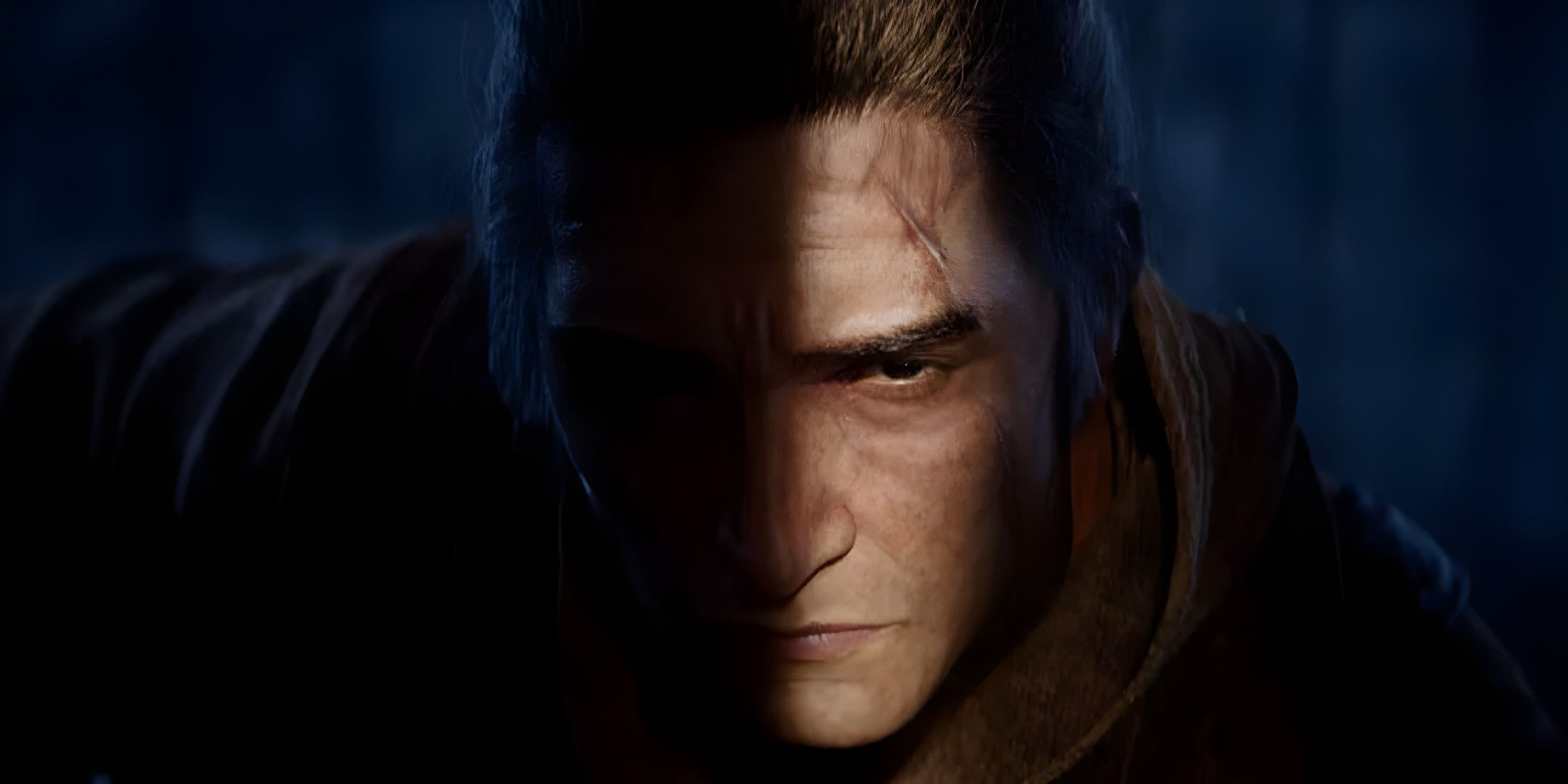
Related
Sekiro: Shadows Die Twice May Never Get a Sequel, But One of Its Boldest Changes Should Live On
A sequel to Sekiro: Shadows Die Twice seems increasingly unlikely, but that doesn’t mean that FromSoftware can’t build off its foundations.
The Great Serpent is the Perfect Boss for Sekiro: Shadows Die Twice
Sekiro: Shadows Die Twice Wants Players to Face the Great Serpent
The Great Serpent is among Sekiro‘s most memorable and iconic bosses thanks to its size and encounters with the player. When reaching the Sunken Valley Passage, players will eventually come face-to-face with the Great Serpent and spend most of these encounters avoiding its attacks and evading detection. Unlike Sekiro‘s other bosses where players ultimately engage in one-on-one fights, the Great Serpent can’t be fought head-on, with players required to find routes or tricks to circumvent the snake wherever they encounter it.
The Lore Behind the Great Serpent Enhances the World of Sekiro
However, both Great Serpents in Sekiro are optional boss fights and aren’t required to complete the game, but defeating the first is needed if players want to unlock an alternate ending. Seemingly inspired by Japanese historical cultural beliefs around snakes and their ties to deities and divinity, the Great Serpent fleshes out Sekiro‘s lore and broader story as an alternative means of Immortal Severance, adding weight to its death as another example of the greed for immortality. As a result, the player’s scripted encounters with the Great Serpent will make them aware of the creature, but the decision to kill it will be their own doing.
Moreover, its death also parallels Japanese cultural depictions of shinobi and other warriors slaying giant snakes, even down to the trope of impaling the snake’s head with a sword to kill it. Should players have solved Sekiro‘s “puzzles” required to navigate around the snake until the last encounter, killing the Great Serpent will see players dropping from above and stabbing its head, a sequence that capitalizes on the game’s Deathblow mechanics. After encountering the snake multiple times, embracing Sekiro‘s stealth gameplay to avoid it, and reaching its final resting place, the long-anticipated death may be another factor making the Great Serpent so memorable.
Future FromSoftware Games Should Revisit Sekiro’s Great Serpent
With confirmation that FromSoftware will break from the open-world designs seen in Elden Ring and return to linear gameplay, reexamining bosses like the Great Serpent from Sekiro could inspire the developer’s next Soulslike game and how players navigate the world. Across multiple required and optional encounters with the Great Serpent, Sekiro builds tension and intrigue among players when faced with a god-like leviathan boss, and offers the rewarding experience of finally killing it through scripted sequences and tailored gameplay mechanics. Regardless of what’s in store with FromSoftware’s next Soulslike, the reasons why Sekiro excelled with its most memorable bosses should be revisited.
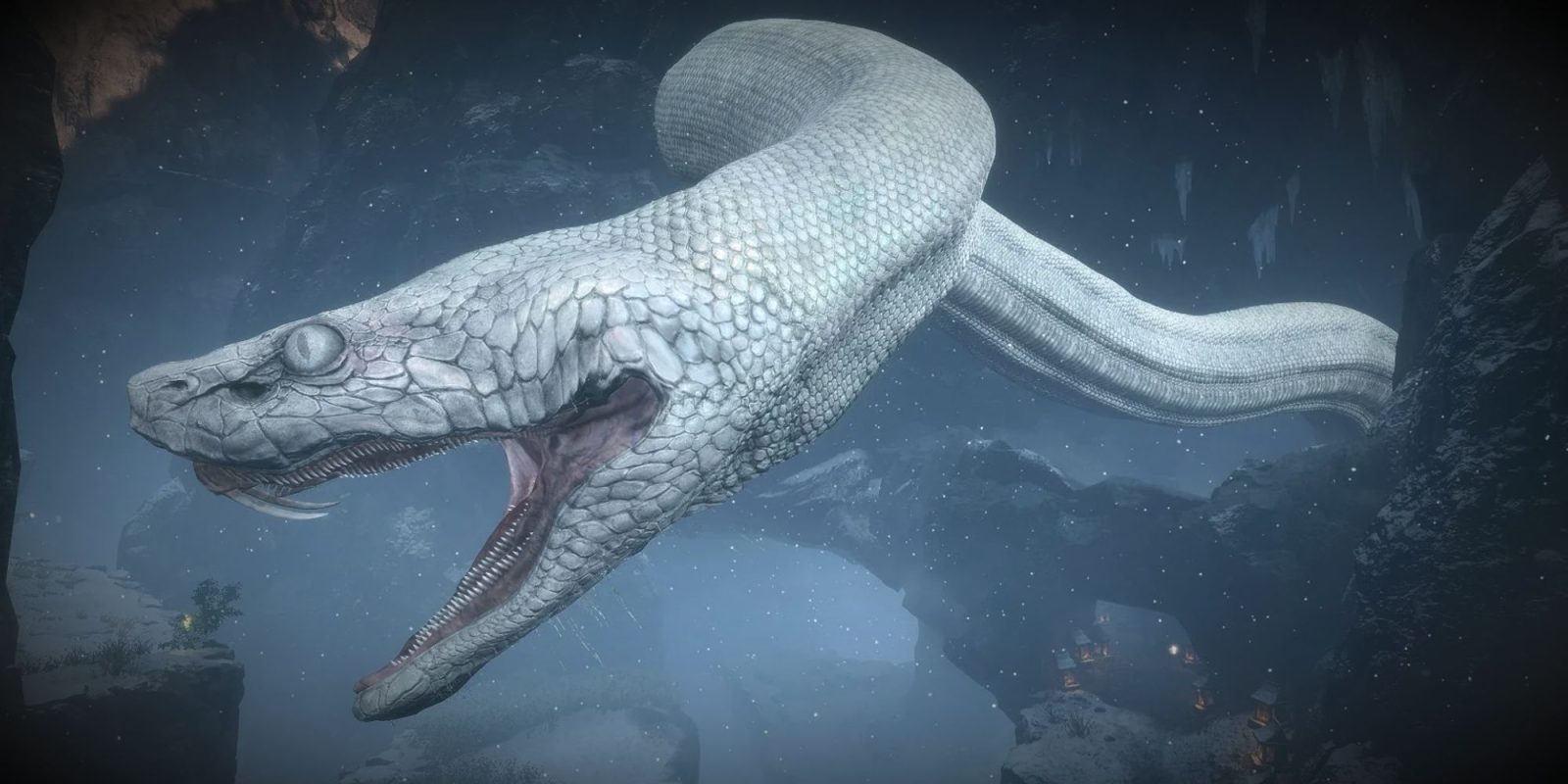
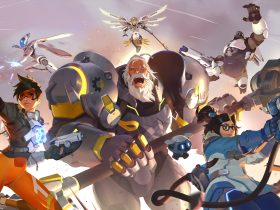
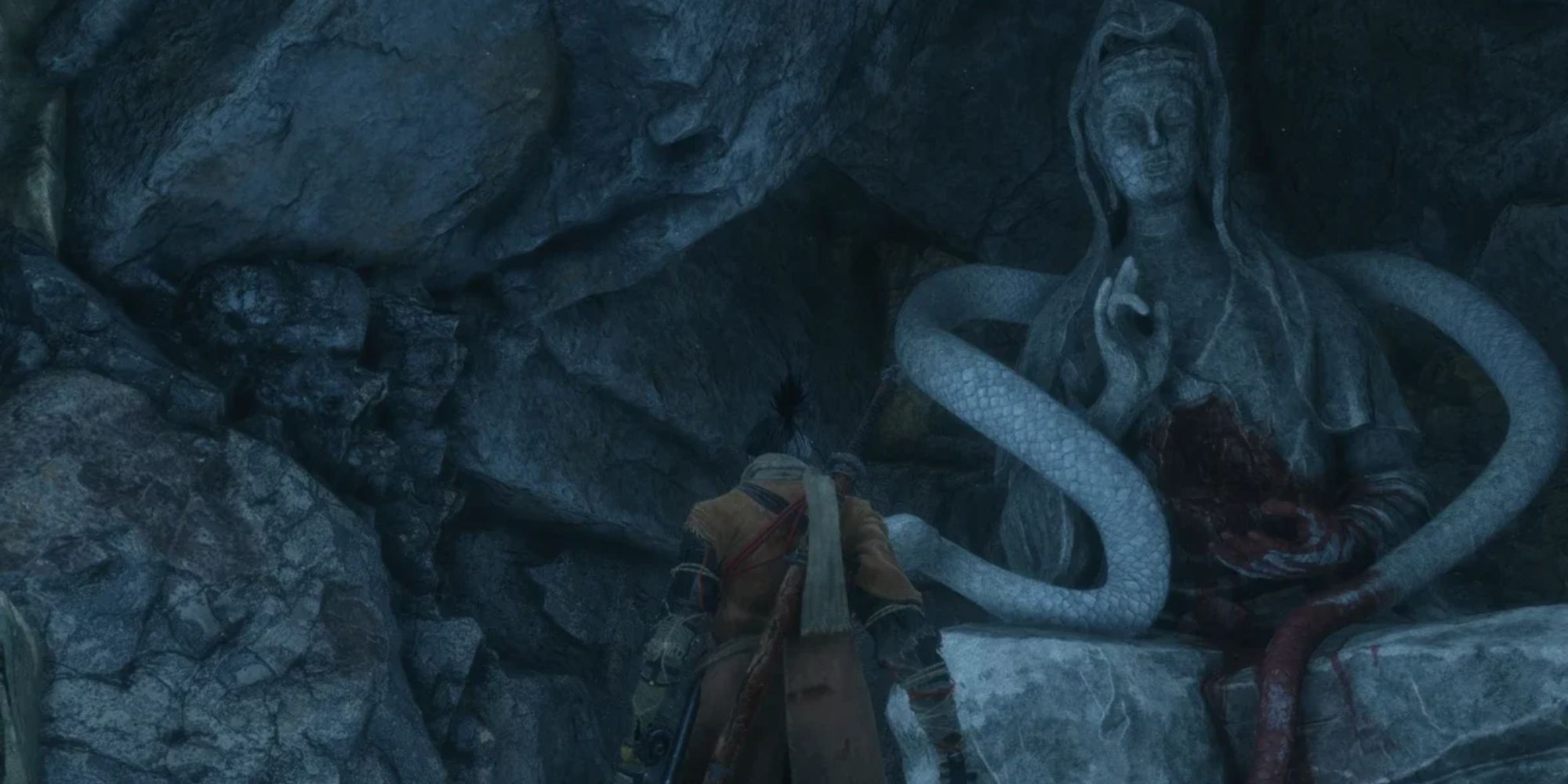
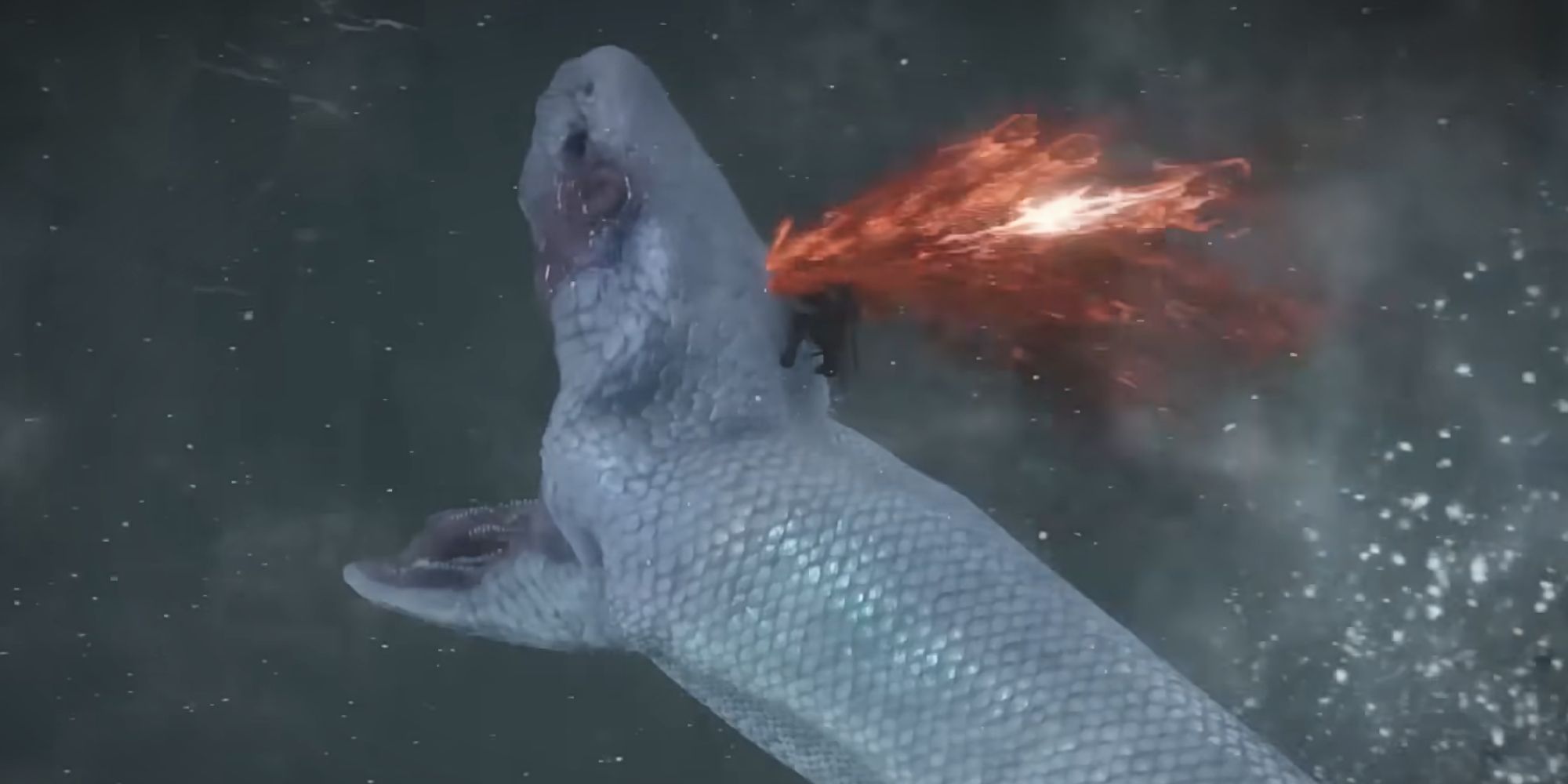
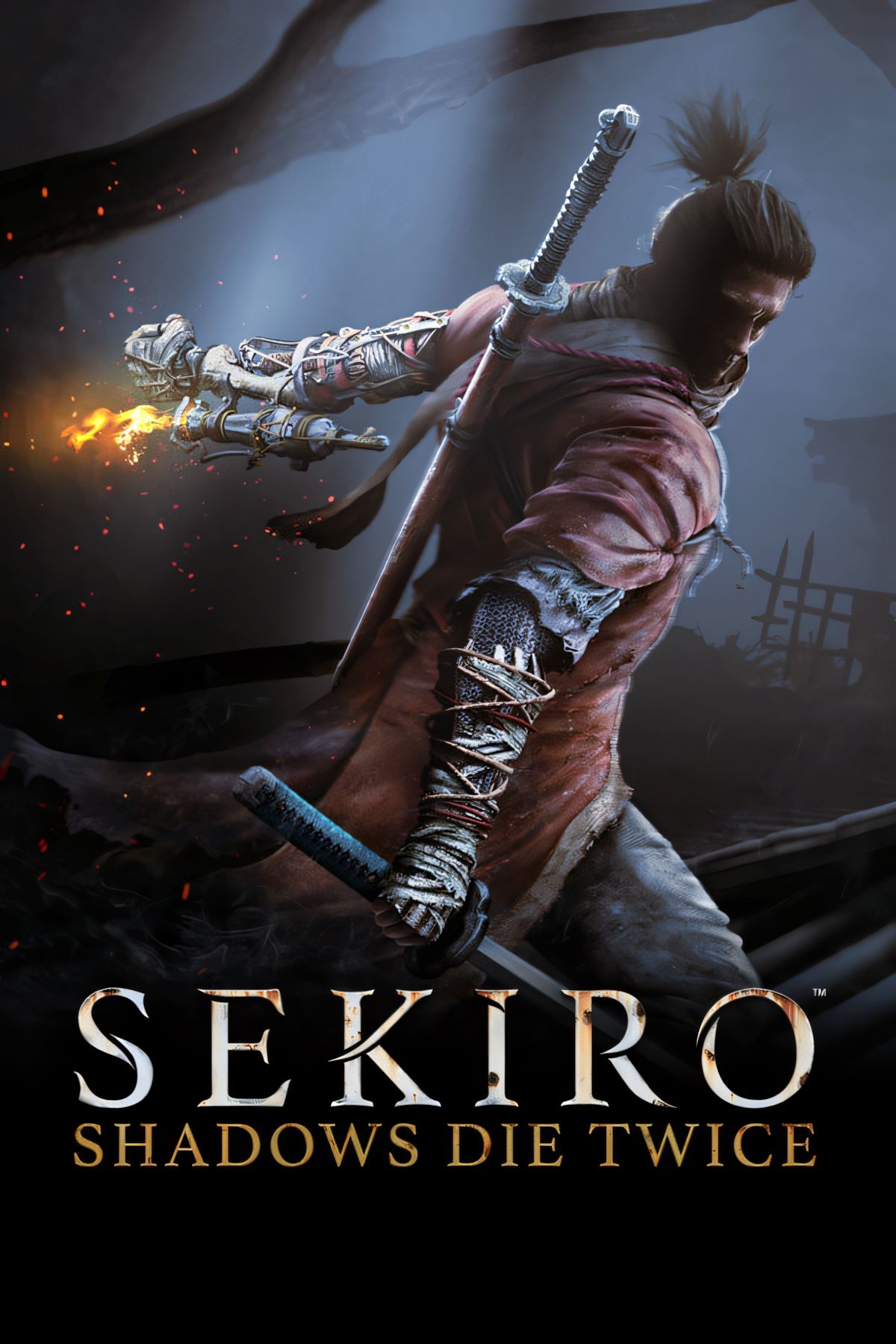

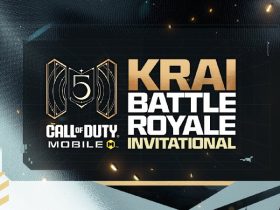

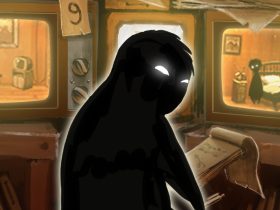
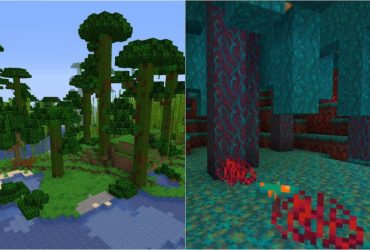




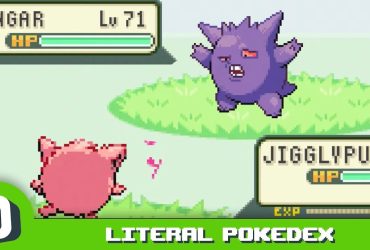
Leave a Reply